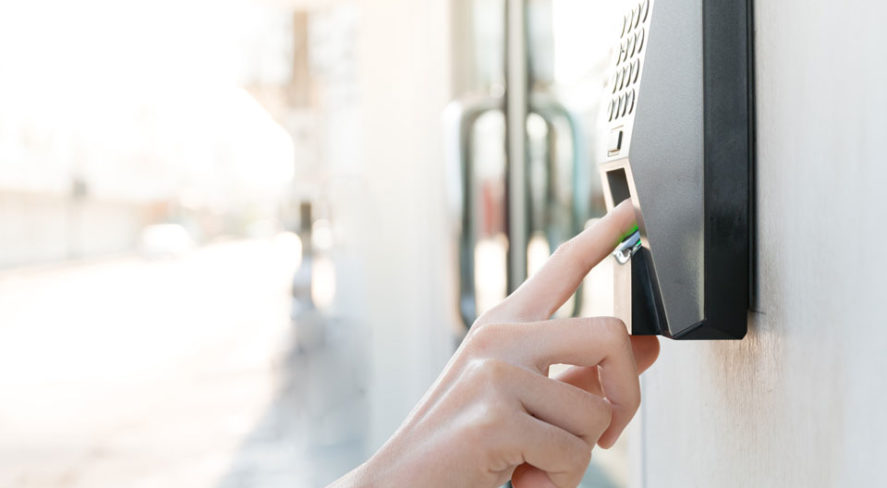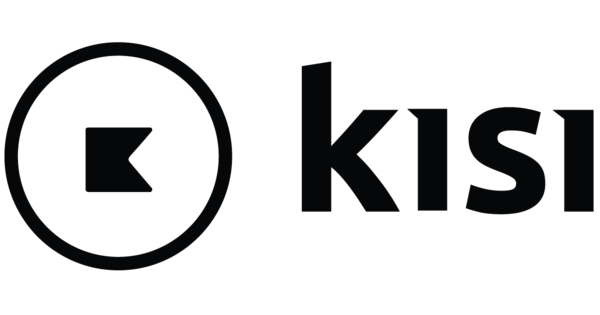Overview of Access Control Systems

Basic Access Control

Access control is modernizing security for businesses everywhere. As companies grow and expand, it becomes more important for them to develop complex security systems that are still easy to use. Access control can solve these issues and streamline daily processes that often cause unnecessary headaches in the workplace.
This article will provide an overview of access control, including types of systems, their benefits and their various features. Not all access control systems are exactly alike, so it’s important to understand the differences in order to provide the best services possible.

There are two basic categories of access control: Physical and logical. Physical access control limits access to buildings, rooms and physical IT assets. Logical access control limits connections to computer networks, system files and databases. A business may have one or both types of access control. Generally, two different systems are needed for a business to fully develop both physical and logical security.
Types of Access Control
Beyond physical and logical control, there are five different types of access control. They are:
- Mandatory access control (MAC): Divides access into different classifications and clearance levels. Each object in the system gets its own classification and corresponding clearance level. When a person or device tries to access an object, the system checks the clearance level to determine if access will be granted. MAC is often used by government and military facilities because it is considered the most secure access control setting on the market today; however, a MAC system needs careful design and continuous monitoring to remain secure.
- Discretionary access control (DAC): The system’s owners or administrators create the policies that decide who or what is authorized to access resources. DAC systems are flexible and can be customized to fit each business’ individual needs, but many argue that these systems lack centralized control, which makes them less effective.
- Role-based access control (RBAC): Allows employees to access only the materials they need to do their jobs and denies them access to everything else. Each employee is assigned a role; employees in a specific role can only perform actions in the system that they are authorized to do. Roles may be created based on authorization, responsibility and job competency. Companies can also limit employees’ abilities to view, create and modify files for added security. RBAC is often used by large companies that deal with contractors or other third parties.
- Rule-based access control: The system administrator designs rules that limit access to objects in the system. These rules may be linked to specific conditions, such as the time of day or a location. This type of access control is often combined with others on this list.
- Attribute-based access control (ABAC): Combines users, systems and environmental conditions to design a multifunctional set of rules and policies. These rules and policies may change as the conditions the system evaluates change.
Access Control Integrations
Access control systems can integrate with a variety of programs and other security systems. Businesses often use integrations to tailor their access control to their specific needs. Some common integrations include:
- Visitor management programs: Programs like Envoy, Ring, Doorbell and Doorbird help companies keep track of visitors coming and going throughout the day.
- Industry-specific programs: Programs like Gingr, which is designed for dog day cares, and Kangarootime, which is designed for child care centers, offer benefits and design features for specific industries.
- Coworking programs: Programs like OfficeRnD, Cobot and Croissant make coworking easier by monitoring shared spaces and tracking unlock logs.
- Video monitoring systems: Companies that need extra security often integrate their access control systems with video monitoring systems. Users can actively monitor their premises and automatically store footage for future reference.
- Visitor management systems: For companies that deal with an overwhelming number of visitors, an entire visitor management system may be necessary.
Real-Time Reporting
Many access control systems offer real-time reporting. Instant statistics, analytics and tracking information make it simple for businesses to find anyone or anything, even across multiple businesses. In addition, an access control system can send users instant alerts when any suspicious activity is detected. If a door is opened more than usual or there’s twice as many people in one room as there should be, an alert will tell you about it. Even better is a system’s ability to time-stamp any activity. It’s great to be notified that something is happening, but being able to see exactly when and keep that time for future reference is invaluable to a business.
Remote Unlocking
System administrators can take advantage of another feature: Remote unlocking. Administrators can manage security from their smartphone or tablet; access control has never been more convenient. Lock and unlock doors from anywhere – not just anywhere in the building, but anywhere in the world. Access control systems can also provide updates on who’s unlocking doors and when they are unlocked, another great feature for businesses that deal with frequent visitors or other third parties.
Digital Key Cards
Regular key cards are a hassle and a security risk. Businesses have to pay to replace them, and they can easily fall into the wrong hands if they are lost or stolen. Digital key cards are more efficient; a user can unlock doors simply by touching their mobile phone to a wall-mounted unit. With digital key cards, businesses get additional security with the benefit of less risk.
Scalability
Access control systems can expand at the rate a business expands. Whether a company is scaling up or down, an access control system can adjust to always fit its security needs. Many times, there’s no need to install additional technology – just a few third-party items are needed to make sure the system still monitors everything it needs to, meaning less time spent on installing and more time spent on addressing the customer’s security plan.
Less Work for Users
Many access control systems update themselves automatically. There are no added fees to update, and users do not need to complete a training course to understand how to manually refresh their systems. Access control companies are in charge of maintenance, not users, which is an added bonus. Some systems also offer remote tech support, so if users experience issues outside of system updates, there are people on call who can help. All these features equate to less work for users and better dialogue between customers and integrators.
Conclusion
Access control has streamlined countless routine processes for businesses – it has modernized security and signaled a change in the way companies monitor their activities. For less money than it costs to hire a team of security guards, a business can install an access control system with double, if not triple, the features. As technology continues to develop, access control will become even more specialized and customizable to make security in the workplace effortless.
Additional Resources
Need more information on access control? These articles can help:
- SIA outlines some of the differences between cloud-based and hosted access control systems. This information could predict trends in the security industry in the future.
- XAAS Journal writes about the features an access control-as-a-service solution should have to be considered competitive and efficient. Customers tend to look for different features depending on their individual security goals.
- Infosec’s piece further describes each type of access control in-depth. If you need to quickly learn about MAC, DAC, RBAC and more, this is a great place to start.
- Technicontrol’s article describes the parts of an access control system and how they relate to each other and to the overall network. This piece is all about specific technology and can help with installing a new system.
